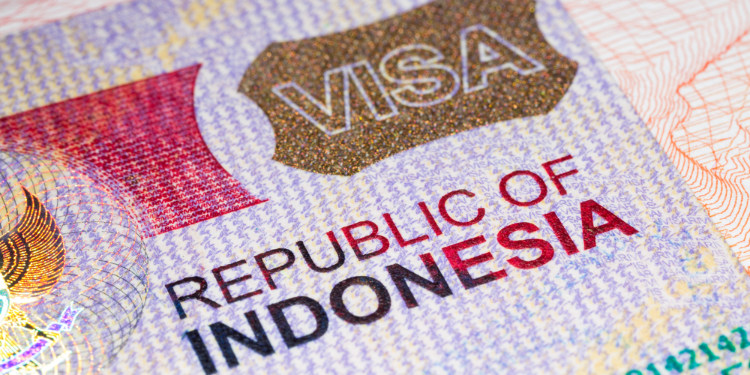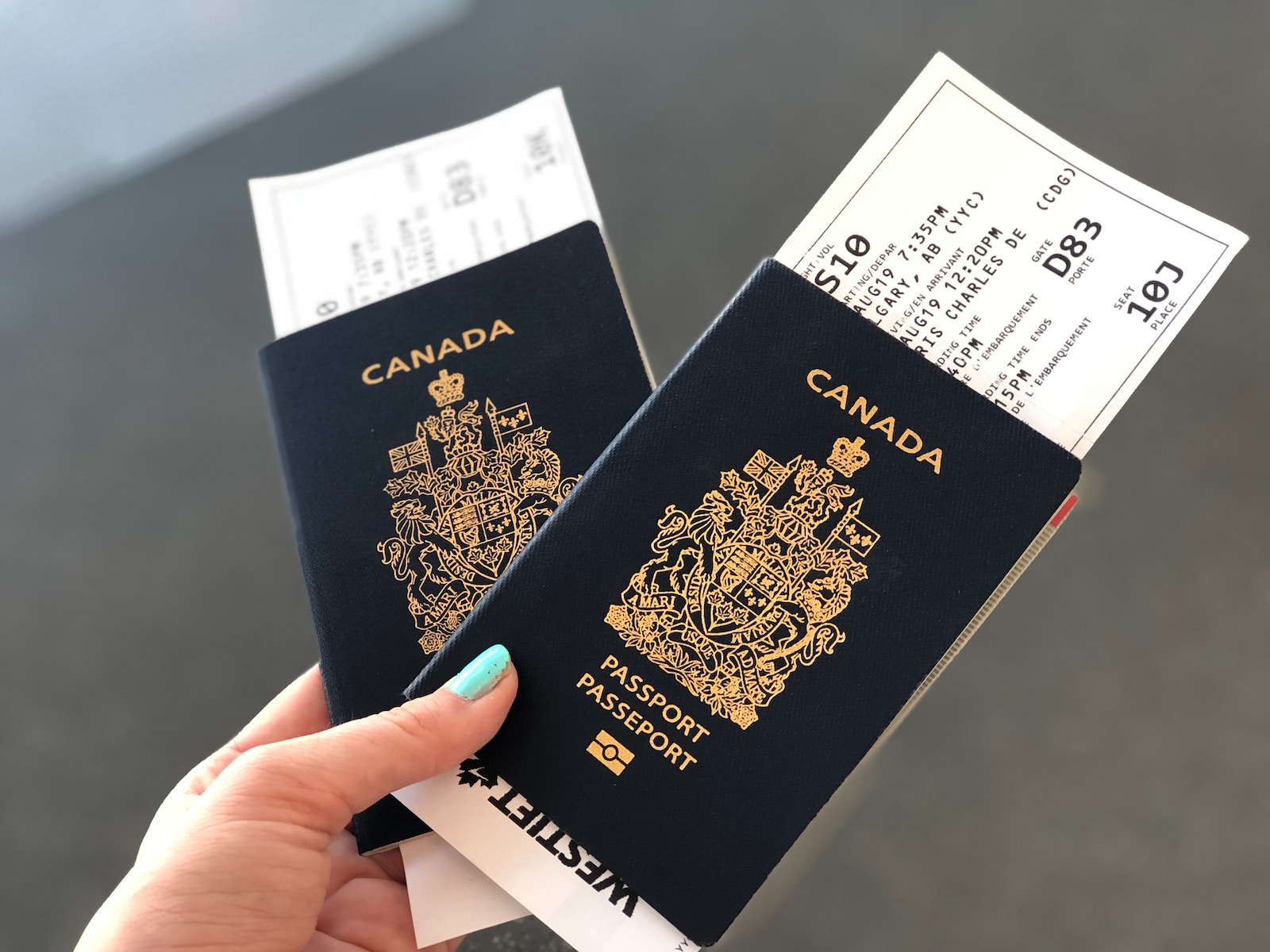In today’s competitive educational landscape, the admission rate of an institute holds significant importance for prospective students. Among the educational institutions that attract attention is the Institute Teaching De Sept-Îles (ITDS). In this article, we will explore the admission rate of ITDS, understand its implications, and delve into the factors that influence this rate.
1. Introduction
ITDS is a renowned educational institute that offers a diverse range of academic programs. As with any institution of higher learning, the admission rate at ITDS plays a crucial role in attracting and selecting qualified students. Prospective applicants often seek information about admission rates to gauge their chances of securing a spot at the institute.
2. Understanding admission rate
The admission rate refers to the percentage of applicants who are granted admission to an educational institution within a specific period. It is a reflection of the institute’s selectivity and competition among applicants. Calculating the admission rate involves dividing the number of admitted students by the total number of applicants and multiplying the result by 100.
For example, if ITDS receives 1,000 applications and admits 250 students, the admission rate would be 25%. This percentage provides insights into the competitiveness of the institute’s admission process.
3. Factors influencing admission rate at ITDS
Several factors contribute to the admission rate at ITDS. These factors include academic requirements, the competitive applicant pool, the number of available seats, and the institute’s admission policies and criteria.
Academic requirements
ITDS maintains specific academic standards to ensure the quality of education it provides. Applicants must meet these requirements, including minimum GPA scores, standardized test scores, and prerequisite course completion.
Competitive applicant pool
ITDS attracts a large number of high-achieving students due to its reputation and diverse academic programs. This leads to a competitive applicant pool, with many qualified candidates vying for a limited number of available seats.
Available seats and resources
The number of available seats and resources at ITDS also influences the admission rate. If the institute has limited capacity or resources, it may need to be more selective in its admissions process.
Admission policies and criteria
The admission policies and criteria set by ITDS determine the eligibility and selection process for applicants. These policies consider various factors, such as academic achievements, extracurricular involvement, personal statements, recommendation letters, and interviews.
4. Admission process at ITDS
To gain a better understanding of the admission rate at ITDS, let’s explore the general admission process followed by the institute.
Application submission
Prospective students interested in ITDS must submit their applications within the designated deadline. These applications typically include personal information, academic records, standardized test scores, essays, and recommendation letters.
Evaluation of academic achievements
The academic achievements of applicants are thoroughly evaluated by the admission committee at ITDS. This evaluation includes reviewing transcripts, GPA scores, class ranks, and the rigor of coursework.
Interviews and assessments
Some applicants may be required to attend interviews or assessments as part of the admission process. These interactions allow the admission committee to gauge an applicant’s communication skills, critical thinking abilities, and overall fit for the institute.
Selection and notification
After careful evaluation of applications, interviews, and assessments, ITDS selects the most promising candidates based on its admission criteria. The selected students are then notified about their acceptance to the institute.
5. Admission rate trends at ITDS
Analyzing the historical data of admission rates at ITDS provides insights into the trends and fluctuations. Admission rates can vary from year to year due to several factors, including changes in the applicant pool, modifications in admission policies, and the institute’s capacity.
By studying these trends, ITDS can identify patterns and make informed decisions to ensure a fair and competitive admission process.
6. Strategies for improving admission rate
To enhance the admission rate at ITDS, the institute can implement various strategies aimed at attracting talented applicants and increasing its selectivity.
Enhancing academic programs and resources
By continually improving academic programs and providing state-of-the-art resources, ITDS can attract more high-achieving students, thereby raising its admission standards.
Attracting diverse and talented applicants
ITDS can actively work on attracting applicants from diverse backgrounds, encouraging inclusivity, and fostering a multicultural learning environment. This approach can further enrich the applicant pool and increase the overall competitiveness.
Strengthening admission criteria
Periodically evaluating and refining admission criteria can help ITDS ensure that the selection process aligns with the institute’s goals and values. This can involve setting higher standards for academic achievements, expanding evaluation methods, or considering new criteria to assess applicants holistically.
Collaborating with educational partners
Establishing partnerships with other educational institutions, both locally and internationally, can enhance ITDS’s reputation and attract highly qualified applicants. These collaborations can also facilitate knowledge exchange, research opportunities, and student mobility.
7. Benefits of a selective admission process
While a selective admission process can be challenging, it offers several benefits to both the institute and its students.
Ensuring high-quality education
By maintaining a competitive admission process, ITDS ensures that admitted students meet the institute’s rigorous academic standards. This commitment to quality education contributes to the overall reputation and success of the institute.
Fostering a competitive and challenging learning environment
A selective admission process attracts highly motivated and talented students, creating a stimulating learning environment. Students can learn from and challenge one another, fostering intellectual growth and personal development.
Alumni success and reputation
The success of ITDS alumni reflects positively on the institute’s reputation. When graduates achieve remarkable accomplishments in their respective fields, it enhances the perception of ITDS and strengthens its position as a leading educational institution.
8. Challenges and considerations
While a selective admission process has its advantages, it also poses challenges and requires careful considerations.
Balancing selectivity with inclusivity
Maintaining selectivity while ensuring diversity and inclusivity can be a delicate balance. ITDS should strive to create an admission process that considers the individual strengths and potential of applicants from different backgrounds.
Managing expectations of applicants and their families
As the admission rate influences the perception of an institute’s competitiveness, managing the expectations of applicants and their families becomes crucial. Clear communication, transparency, and providing support throughout the admission process can help address concerns and reduce stress.
Addressing the impact on student mental health
The highly competitive nature of the admission process can have an impact on the mental health and well-being of students. ITDS should prioritize supporting the mental health needs of applicants and enrolled students, offering resources and counseling services.
9. Conclusion
The admission rate at Institute Teaching De Sept-Îles is a reflection of its selectivity and competitiveness. ITDS strives to attract talented and diverse students while maintaining high academic standards. By continuously evaluating and refining its admission process, ITDS aims to provide a challenging and rewarding educational experience for its students.
FAQs
- Q: How can I improve my chances of getting admitted to ITDS? A: Focus on meeting the academic requirements, showcasing your achievements and experiences, and presenting a compelling application that aligns with ITDS’s values.
- Q: Does ITDS consider extracurricular activities during the admission process? A: Yes, ITDS takes into account extracurricular involvement and achievements as part of the holistic evaluation of applicants.
- Q: Can I reapply if I’m not admitted in my first attempt? A: Yes, you can reapply in subsequent admission cycles. Take the opportunity to strengthen your application and address any areas of improvement.
- Q: How can I find information about ITDS’s admission policies and criteria? A: Visit ITDS’s official website or contact the admissions office directly for detailed information about admission policies and criteria.
- Q: Does ITDS offer financial aid or scholarships? A: Yes, ITDS provides various financial aid options and scholarships to eligible students. Explore the institute’s financial aid resources for more information.











